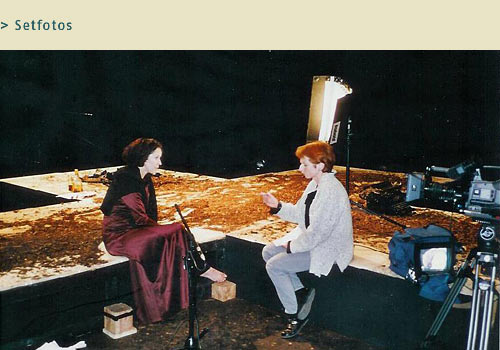January 30, 1933, the day the National Socialists seized power in Germany, undoubtedly also affected dance as an art form. For the first time ever on TV, this film explores the lives of dancers and the aesthetics of dance during the Nazi era within the historical and political context.
The film depicts the careers of such famous dancers and choreographers as Mary Wigman, Harald Kreutzberg and Gret Palucca, and it uncovers the disruptions in their lives and work and reveals contradictory attitudes within the Nazi administration. Three surviving witnesses, Julia Marcus, Lilian Karina, and Gyp Schlicht, give insights into their daily routine and the political circumstances. A wealth of historical ballet footage, photographs and documents of the time provide vivid access for the viewer.
The witnesses testify to the political significance the Nazis attached to dance. They also show how the dancers utilized this potential for their own careers and how the regime realized, promoted, and exploited it for its own purposes.
> Begleitprogramm zur Ausstellung „Tatjana Barbakoff“
im Kultur Bahnhof Eller, 2009
> St. Petersburg International Film Festival „KINODANCE“ 2004
>„Fünfzig Jahre verdrängt: Tanz unterm Hakenkreuz“
> Artikel: „Selbstbewußt und mutig. Die Tänzerin Trude Engelhart“ PDF

Further reading
Lilian Karina/ Marion Kant:
Tanz unterm Hakenkreuz
Henschel Verlag, 1996
ISBN 3-89487-244-6

![]()


